CommonHealth
CommonHealth, the wellness benefit for state employees, offers a range of opportunities including special rates on WeightWatchers, fitness center discounts, and more. Visit them at their website or contact your agency's CommonHealth coordinator.
Recipe of the Month
Chocolate Chip Protein Muffins
 With 16 grams of protein each, these 30-minute muffins are a great meal prep breakfast or snack option. Bake them over the weekend, store at room temperature, and reheat for a few seconds in the microwave before enjoying. They’re hearty and filling, with a texture similar to almond cake. Greek yogurt, whey protein, and peanut butter lend tasty sources of protein. Make sure to coat the muffin liners with cooking spray for the muffins to release cleanly.
With 16 grams of protein each, these 30-minute muffins are a great meal prep breakfast or snack option. Bake them over the weekend, store at room temperature, and reheat for a few seconds in the microwave before enjoying. They’re hearty and filling, with a texture similar to almond cake. Greek yogurt, whey protein, and peanut butter lend tasty sources of protein. Make sure to coat the muffin liners with cooking spray for the muffins to release cleanly.

CommonHealth Weekly Wellnotes
Sweet Surrender: Shake Your Sugar Habit
Chances are you already know that eating too much sugar isn’t good for you, yet you’re probably still overdoing it. Americans average about 270 calories of sugar each day—that’s about 17 teaspoons a day! Compare that to the recommended limits of 9 teaspoons (36 grams or 150 calories) for men and 6 teaspoons (25 grams or 100 calories) for women.
Ingesting too much sugar is linked to several health problems. Weight gain, heart disease, diabetes, depression, and accelerated skin damage are all associated with excess sugar consumption. Let’s examine four easy ways to cut back on sugar.
 Know how much you eat. Take a look at what treats you have during your average day and be mindful of how it adds up. Notice habits you might be able to adjust—such as always grabbing a doughnut when you buy a cup of coffee in the morning, reaching for a sugary pick-me-up in the afternoon, and having dessert every night. Cutting out just one of those habits each week will help with your overall sugar intake.
Know how much you eat. Take a look at what treats you have during your average day and be mindful of how it adds up. Notice habits you might be able to adjust—such as always grabbing a doughnut when you buy a cup of coffee in the morning, reaching for a sugary pick-me-up in the afternoon, and having dessert every night. Cutting out just one of those habits each week will help with your overall sugar intake.
Start reading food labels – Sugar sneaks its way into many otherwise healthy foods. Once you start paying attention, you may be surprised to find that there are 5 grams of added sugars in a slice of Dave’s Killer 21-grain bread, 14 grams in a serving of Cascadian Farm Oats & Honey granola, and 11 grams in a 4.5-ounce tub of Noosa vanilla-bean yogurt. Other surprising sources include pasta sauce, salad dressing, marinades, barbecue sauce, ketchup, and snack bars. Choosing the option lowest in added sugar is an easy way to eliminate several grams of sugar a day. You won’t miss it, and that way you can save the sugar you do consume for something where it really matters.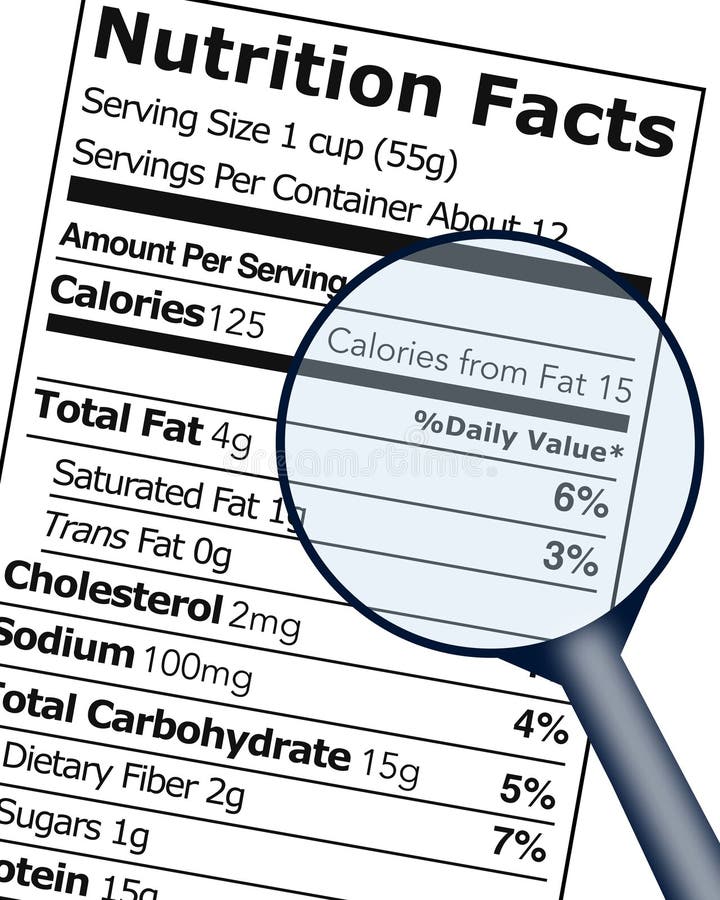
Check your drinks. Sweetened drinks are the #1 source of added sugars in the American diet. But soda isn’t the only culprit. Sweetened iced teas and coffee drinks also pack a sugary punch: A 16-ounce bottle of Snapple Peach Tea contains 40 grams of added sugars and the vanilla-flavored syrup in your latte adds up to 20 grams of sugar. Compare that with 37 grams in a 12-ounce can of soda. Although trading sweet drinks for water is the healthiest move, it’s not the easiest. If you’re trying to give up soda, try sparkling water flavored with mint leaves, citrus, or a splash of fruit juice. For coffee and tea drinks, a spice such as cinnamon or nutmeg will add flavor without sugar.
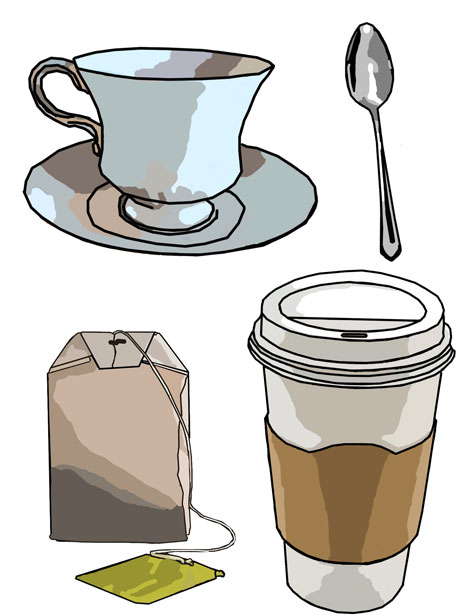 Add your own. If you want to add sweetness to drinks or food, start doing it yourself. Buying unsweetened tea or coffee allows you to control how much sugar you add. You’re unlikely to spoon in the dozen or more teaspoons of sugar that you’d get in a presweetened drink. The same holds true for foods like cereal, oatmeal, and yogurt. Buy plain versions and mix in your own sugar, honey, or syrup. See if you can reduce from 2 teaspoons to 1, then down to ½ teaspoon over the course of a few weeks.
Add your own. If you want to add sweetness to drinks or food, start doing it yourself. Buying unsweetened tea or coffee allows you to control how much sugar you add. You’re unlikely to spoon in the dozen or more teaspoons of sugar that you’d get in a presweetened drink. The same holds true for foods like cereal, oatmeal, and yogurt. Buy plain versions and mix in your own sugar, honey, or syrup. See if you can reduce from 2 teaspoons to 1, then down to ½ teaspoon over the course of a few weeks.
How to Get the Sleep That You Need
Whether you are looking to resolve a specific sleep problem or just want to feel more productive, mentally sharp, and emotionally balanced during the day, experiment with the following sleep tips to see which work best for you:
- Rule out medical causes for your sleep problems. A sleep disturbance may be a symptom of a physical or mental health issue, or it may be a side effect of certain medications.
- Stick to a regular sleep schedule. Support your biological clock by going to bed and getting up at the same time every day, including weekends.
- Get regular exercise. Aim for 30 minutes or more of activity on most days—but not too close to bedtime.
- Manage your stress. If the stress of balancing work, family, or school is keeping you awake at night, learning how to handle stress in a productive way can help you sleep better at night.
- Improve your sleep environment. Keep your bedroom cool, dark, and quiet.
- Develop a relaxing bedtime routine. Avoid screens, work, and stressful conversations late at night. Instead, wind down and calm your mind by taking a warm bath, reading by a dim light, or practicing a relaxation technique to prepare for sleep.
- Postpone worrying. If you wake during the night feeling anxious about something, make a brief note of it on paper, and postpone worrying about it until the next day when it will be easier to resolve.
Source: HelpGuide.org
The Truth About Sunscreen
With summer around the corner, smart sun-lovers are planning how to keep their skin safe from sunburn and skin cancer while enjoying the warmer weather. Here are some important facts about sunscreen from the CDC that will have you loving your skin and the summer at the same time!

- Sunscreen is protective. Sunscreen does protect your skin from the sun’s rays when used as directed. However, research suggests that some sunscreen users still get burned frequently, which may be because they use too little, apply/reapply it too late, or use it to engage in otherwise unsafe sun exposure, like staying out longer or not wearing protective clothing.
- You have to use a lot. That means a shot glass full to cover the full body, a fourth to a half teaspoon for the face. Studies have shown that consumers use much less sunscreen than is needed to effectively protect, so use more than you think you need.
- Don’t use it solo; it’s important to use a combination of sun safety approaches for effective sun protection. Sunscreen isn’t an all-protective force field. It is intended to be combined with other sun-safety approaches, like covering up with clothing, staying in the shade, wearing a hat, and scheduling activities to avoid times of day when the sun is most intense (10 a.m. – 4 p.m.).
- It doesn’t have to be greasy. Recent advances in sunscreen technology have led to a variety of improved textures and consistencies, from sticks for those who like to roll it on, to light milks that spread easily and leave no white cast. The days of thick pastes are over, but you still need to apply a lot – so pick a product with a texture you really like!

• Coconut oil is not a good sunscreen. Although some sunscreens contain coconut oil, the oil itself is not adequate to prevent skin damage. Coconut oil may extend the time to burn for some individuals, but the level of UV protection is very low and may be highly variable by source, so don’t rely on coconut oil to protect your skin!
• Sunscreen is NOT a “do-it-yourself” kind of product. Sunscreen is a non-prescription drug intended to protect the skin. You wouldn’t strap your child in using a seatbelt you made at home, so why protect their skin with untested homemade sunscreen? If you’re concerned about the safety of ingredients in sunscreen, there are other options. You can move your outdoor activities to morning or evening, when the sun is less intense, and cover up, wear a hat, or stay in the shade.
Exercises for Healthy Feet
Toe raise, toe point, toe curl: Hold each position for five seconds and repeat 10 times. Recommended for people with hammertoes or toe cramps.
Golf ball roll: Roll a golf ball under the ball of the foot for two minutes. This is a great massage for the bottom of the foot. Recommended for people with plantar fasciitis (heel pain), arch strain, or foot cramps.
Towel curls: Place a small towel on the floor and curl it toward you using only your toes. You can increase the resistance by putting a weight on the end of the towel. Relax and repeat this exercise five times. Recommended for people with hammertoes, toe cramps and pain in the ball of the foot.
Marble pick-up: Place 20 marbles on the floor. Pick up one marble at a time with your toes and put it in a small bowl. Do this exercise until you have picked up all 20 marbles. Recommended for people with pain in the ball of the foot, hammertoes and toe cramps.
Toe curl and splay: Keep toes on the ground, spread them as far apart as you comfortably can. Hold for two seconds. Relax and repeat. Also, try big toe lifts, keeping all the other toes on the ground.
It’s Farmers Market Season!
Farmers markets have fruits and vegetables at the peak of the growing season. This means produce is at its freshest and tastes the best. The food is typically grown near where you live, not thousands of miles away. Shopping at farmers markets also supports your local farmers and keeps the money you spend on food closer to your neighborhood.
If you aren’t sure about the hours or location of your nearest market, use this search tool from the Virginia Department of Agriculture and Consumer Services to find one close to you. Consider a day trip to a market further away to see what local specialties are featured. Enjoy the best of what Virginia has to offer in fresh foods and good neighbors!

Register for the MotiVAte Wellness Incentive Program
MotiVAte is designed to encourage and empower employees to increase wellness activities, provide a forum for resources, and serve as a tracker for fitness and wellness behaviors. Every eligible activity that a participant completes earns points toward a selection of great incentives!
This program will be available via an easy-to-use app or via the web, specifically linked to CommonHealth, that gives every participant a convenient opportunity to track their progress and redeem their earned points for a reward of their choosing.
CommonHealth is enthusiastic about getting everyone involved with this interactive program and assisting them in achieving their wellness goals. Register today* to get started, and we look forward to embarking on this new wellness journey with you!
Remember, this is a pilot program that has a limited enrollment capacity – space is still available on a first come, first served basis. Once we reach our employee enrollment cap, we will start a waitlist.
*Verification of current employment is the first step of enrolling in the MotiVAte program. It's best to assure that your work email address is accurate and up to date in the Cardinal system. Some employees may receive a message to follow up with their Human Resources department directly regarding Cardinal.
Seasonal Allergies: Nip Them in the Bud
Spring means flower buds and blooming trees — and if you're one of the millions of people who have seasonal allergies, it also means sneezing, congestion, a runny nose, and other bothersome symptoms. Seasonal allergies (also called hay fever and allergic rhinitis) can make you miserable. But before you settle for plastic flowers and artificial turf, try these simple strategies to keep seasonal allergies under control.
1. Reduce your exposure to allergy triggers
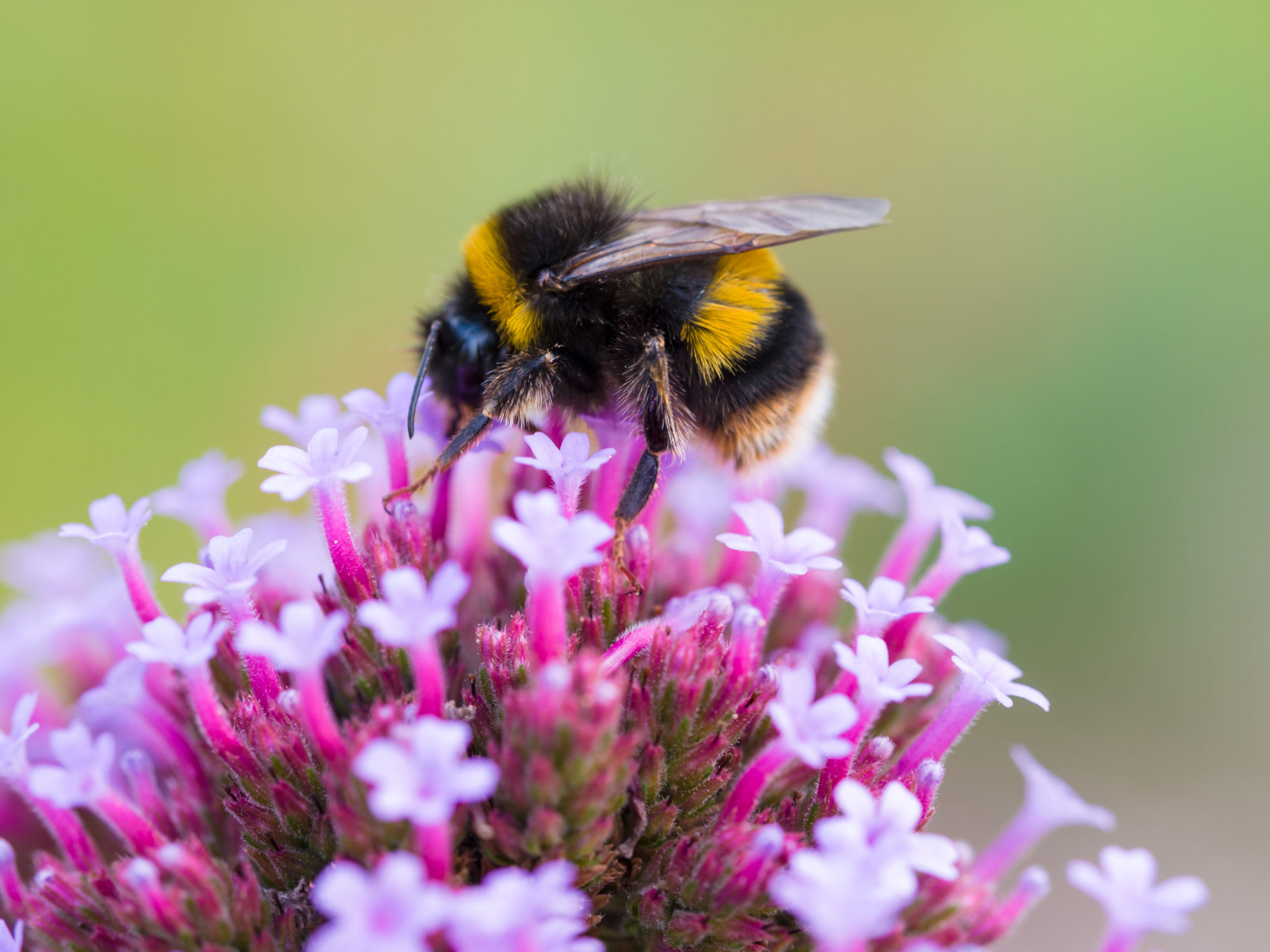
- Stay indoors on dry, windy days. The best time to go outside is after a good rain, which helps clear pollen from the air.
- Avoid lawn mowing, weed pulling and other gardening chores that stir up allergens.
- Remove clothes you've worn outside and shower to rinse pollen from your skin and hair.
- Don't hang laundry outside — pollen can stick to sheets and towels.
- Wear a face mask if you do outdoor chores.
2. Take extra steps when pollen counts are high
- Check your local TV or radio station, your local newspaper, or the internet for pollen forecasts and current pollen levels.
- If high pollen counts are forecasted, start taking allergy medications before your symptoms start.
- Close doors and windows at night if possible or any other time when pollen counts are high.
- Avoid outdoor activity in the early morning when pollen counts are highest.
3. Keep indoor air clean
- Use air conditioning in your house and car.
- If you have forced air heating or air conditioning in your house, use high-efficiency filters and follow regular maintenance schedules.
- Keep indoor air dry with a dehumidifier.
- Use a portable high-efficiency particulate air (HEPA) filter in your bedroom.
- Clean floors often with a vacuum cleaner that has a HEPA filter.

Creative and Sensory Rest
CommonHealth's newest health campaign, Recharge, explores the idea of rest and ways to recharge our minds and bodies beyond the usual good night’s sleep. One type of rest discussed is creative rest. While many of us don’t see ourselves as creative types, we all flex our creative muscle in different ways – be it solving problems at home, brainstorming new ideas at work or creating a masterpiece.
Creative rest requires that we take time to allow beauty to inspire the sense of wonder and amazement – to experience awe. The trouble is that what was once awe inspiring is now often ordinary. Do you recall the first time you saw the Grand Canyon or heard Martin Luther King’s “I Have a Dream” speech? Taking time in our busy lives to appreciate beauty awakens wonder, making us happier and reducing stress.
Whether it’s taking in nature, listening to inspiring people or witnessing an incredible act of kindness, creative rest is restorative.
Try these ideas to recharge:
- Take in the beauty of the outdoors – even if it’s at a local park or in your backyard!
- Retrain each of your five senses to really take in the world around you.
- Visit a museum.
- Spend time with people who inspire you.
- Turn your workspace into a place of inspiration – display images of places you love and works of art that speak to you.
- Use mindfulness to turn off auto-pilot and find awe in everyday experiences.
You will find awe in nature, art, incredible people, impressive skills, and virtuous acts all around you by remaining curious about the world.
Visit the CommonHealth website to learn more about their newest health campaign, Recharge.
Are You Hitting All the Dimensions of Self-Care?
Self-care is more than just relaxing. It's about taking care of yourself mentally, physically, emotionally, socially, and spiritually. Finding a balance that allows you to address each of these areas is essential. Sometimes you might need more self-care in one specific area over another. Consider the questions below to see where you may need to focus.
Physical: Are you getting enough sleep? Do you fuel your body with the nutrition it needs? Are you getting enough exercise? Have you gotten the screenings you need to take care of your overall health?
Emotional: Do you process your emotions in healthy ways? Do you have activities that help you feel recharged?
Social: Are you getting enough in-person time with friends? Do you nurture your relationships?
Mental: What proactive things do you do to stay mentally healthy? Do you spend time doing activities that mentally stimulating?
Spiritual: Do you engage in spiritual practices you find fulfilling? Do you ponder your life and experiences?
According to the World Health Organization (WHO), self-care is important because it can help improve health, prevent disease, and provide ways to cope with illness.
For more info on these areas, check out this article: 5 Self-Care Practices for Every Area of Your Life (Verywell Mind). The National Institute of Mental Health also has great resources on self-care.
Fiber and Energy
Can eating high-fiber foods really give you more energy throughout your day? The answer is YES!
If we are meeting basic needs, getting adequate types of rest, and making daily healthy choices but still can’t seem to recharge, we may find energy through fiber rich foods. One reason we may have fatigue throughout our day is most of us are not eating enough fiber. The average adult only gets about 15 grams of fiber a day, but women need 25 grams and men need 38 grams every day.

There are two types of fiber: insoluble and soluble. We need them both, but they provide different benefits. Insoluble fiber does not dissolve in water and helps bulk up stool through roughage fruits and vegetables. It keeps our gut happy and our bowels regular. Soluble fiber does dissolve and absorb water and aids in the digestive system. Soluble fiber can be found in oats, beans, lentils, vegetables, and fruits. These foods take longer to be absorbed and help keep blood sugar levels steady by slowing down the rate that sugar enters the cells. Keeping blood sugar stabilized at a constant level decreases the spikes and drops that can drain our energy throughout the day.
Yummy and filling, high fiber foods also keep you satisfied longer between meals and snacks. That means less hunger and more ability to focus on other tasks. When you consume enough calories and fiber, your brain will be able to focus on the present moment, and you will enjoy sustained energy throughout your day.
Staying Connected
While we may still be busy adjusting to the changes that have arisen over the last couple of years, it's important for our overall wellness to make sure we're taking time to build and maintain connections with others. Here are some things that you can do to kick up connectivity:
1. Attend a meetup. A fun way to build new connections is to join a group that meets regularly. You can search for groups that practice a hobby you enjoy or share an interest. Alternatively, you can break out of your element and try a new activity or learn a skill with others.
2. Schedule time to talk. We often lose connection with our friends even while having every intention to stay in touch. Make notes on your calendar or set reminders for quick check-ins. Even a simple text message or email to an old friend can be all it takes to make their (and your) day.

3. Save the date. Select a recurring day/time to spend with others. These "dates" can be with your significant other, a friend, or a family member. Taking regular breaks to spend quality time with those that you care about is great for your mental and emotional health.
Humans are social creatures. We need social interaction with each other. Social health can be easily overlooked during the day-to-day grind, but it's vital to all aspects of wellbeing. Reach out to others to make and keep those connections that the mind and body require to thrive!
Healthy Snacking 101
Healthy snacking between meals can help to regulate blood sugar levels and prevent that midday slump. Planning out your snacks and having them pre-portioned will help you make healthier choices. While packing your snacks, remember to combine protein, carbohydrates, and healthful fats for the perfect combination to energize your day.
Here are some examples of healthy snacks:
- Banana and nut butter
- Avocado toast
- Multigrain crackers with hummus
- Honey oat energy bites
- Veggies and dip
- Fruit
- Popcorn
- Greek yogurt with berries
- A handful of nuts
- Cheese and multigrain crackers
For more snack tips, check out our friends at the Virginia Cooperative Extension.
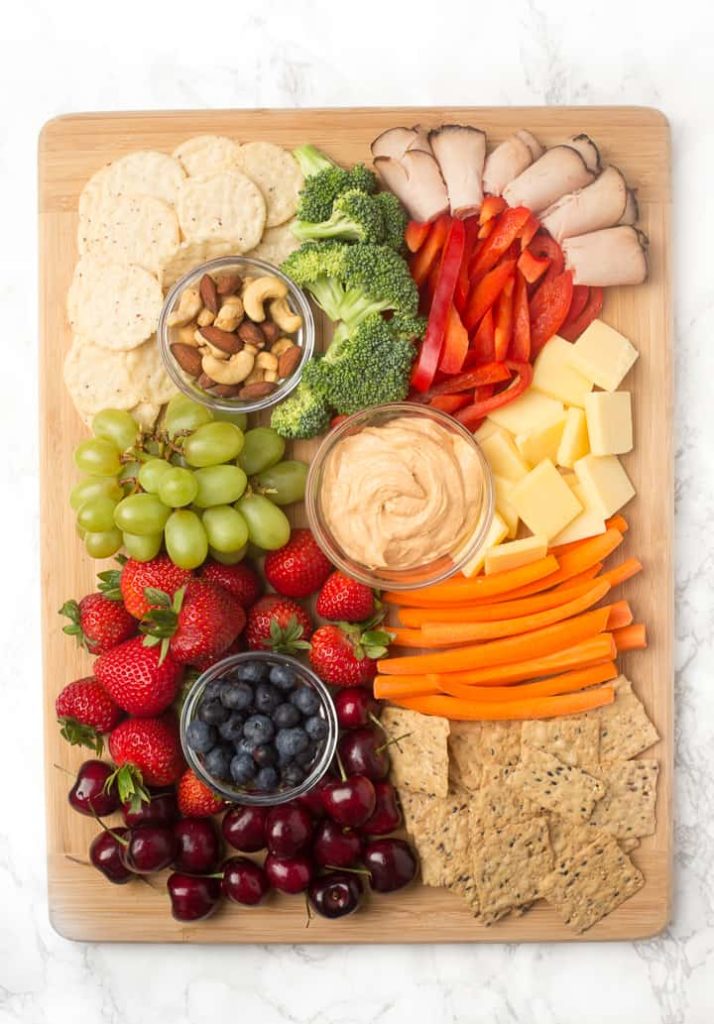
The Health Benefits of Managing Stress
Chronic stress has several long-term implications on our mental and physical health. These effects can result in destructive behaviors that contribute to chronic disease. By addressing sources of unmanaged stress, you can improve your overall health. Below are a few benefits of effective stress management.
1. Better sleep. Stress and anxiety are the leading cause of insomnia in adults.
2. Well-regulated blood pressure. When we experience stress, our blood pressure is more likely to rise. Managing stress leads to a well-regulated blood pressure.
3. Improved digestion. Mindfulness and relaxation soothe the digestive system and reduce gut inflammation.
4. Reduced muscle tension. Meditation reduces tension in our primary muscle groups.
5. Improved immune health. Chronic stress puts a lot of pressure on our immune systems. Maintaining your mental health with a self-care routine can help your immune system, too!
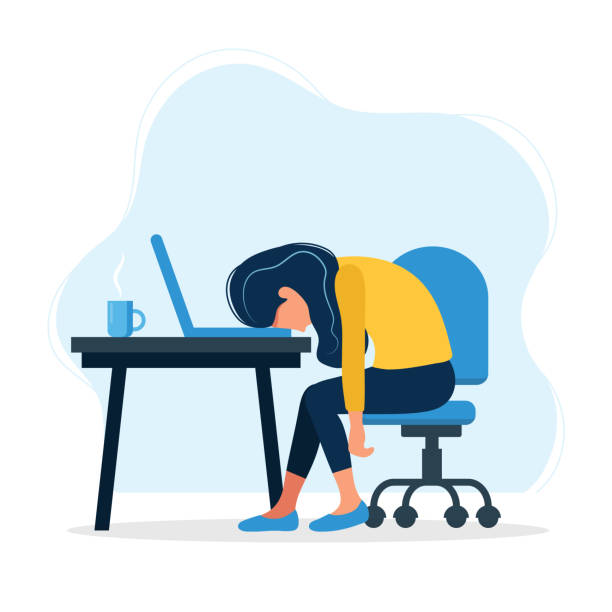
Daily 'Deskercise' Routine: Stretches for the Office
The habits we build at our desk, especially while sitting, can contribute to discomfort and health issues such as neck and shoulder pain, obesity, musculoskeletal disorders, stress, lower back pain, and carpal tunnel.
Set a timer to remind you to take a quick walk or do the following stretches several times throughout the day for 30 seconds each. For a guided demonstration of each stretch, visit the Mayo Clinic website.







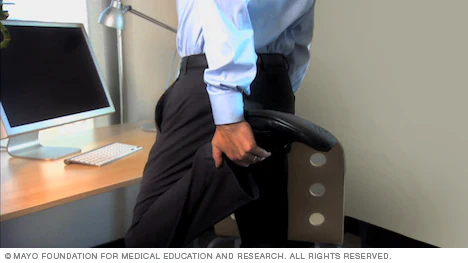
Tips for Getting the Most Nutritional Value for Your Dollar
Making the Most of Fresh Produce
- Take stock of what you already have in the refrigerator, then buy as close as possible to the amount you need. It’s generally better not to pre-wash produce until ready to use, as this removes any protective coating it may have. Any moisture remaining on fruits and vegetables can cause them to mold and spoil prematurely.
Storing Produce
- Storage choices have an impact on how long produce stays fresh, as well as taste and texture. Tomatoes can develop an unpleasant texture when refrigerated. Pineapple, bananas, whole melons, and peaches, are best kept on the counter until ripe. Potatoes and onions should be stored in a cool, dry, ventilated place out of direct sunlight. Other produce can be refrigerated in crisper drawers to maintain moisture.
Produce Options
- Buying frozen fruits and vegetables is an excellent way to avoid produce waste while still getting nutritional quality. Frozen berries can be used year-round in smoothies, parfaits, and oatmeal. Most frozen vegetables are pre-cut and ready to heat up as stand-alone sides or ingredients in soups and casseroles. Some canned veggies and fruits, like tomatoes, carrots, mushrooms, peaches, or pineapples are smart choices for stocking the pantry. Choose low-salt and no added sugar varieties. Canned options have a long shelf-life, and can be a timesaver.
Reducing Food Waste
- Freezing or canning fresh fruits and vegetables is a great way to preserve them. Freeze extras for future meals and save overripe produce for use in broths, smoothies, and baked goods.
For more information, check out this article from Tufts University's School for Nutrition Science and Policy.
